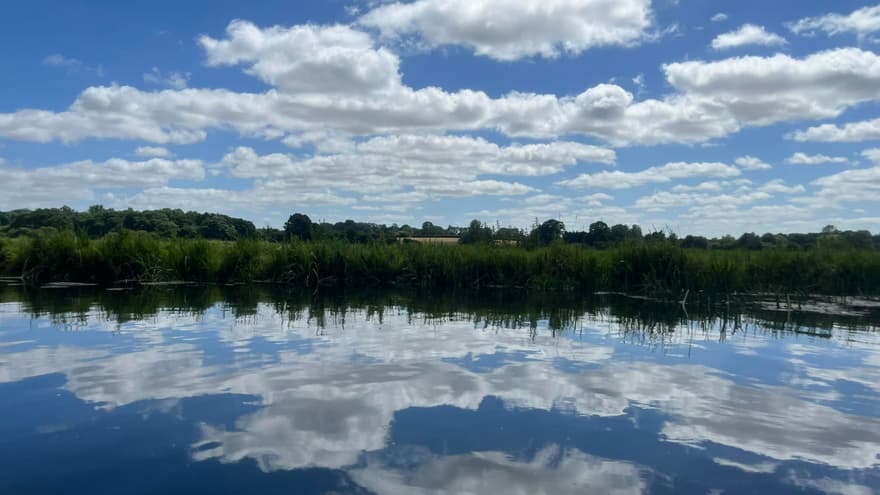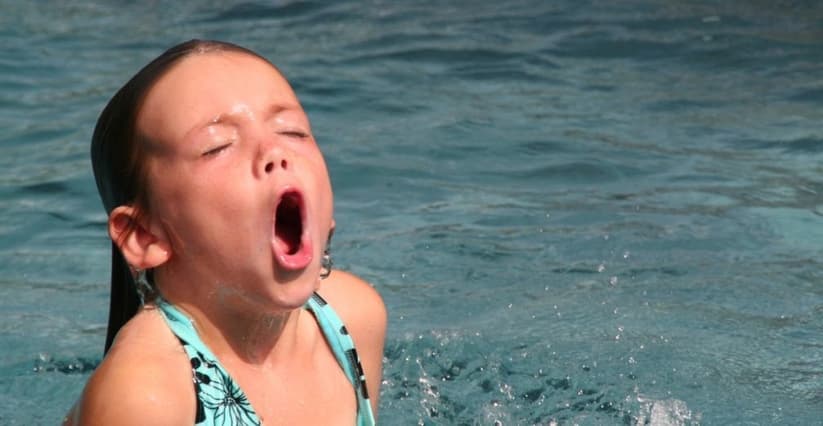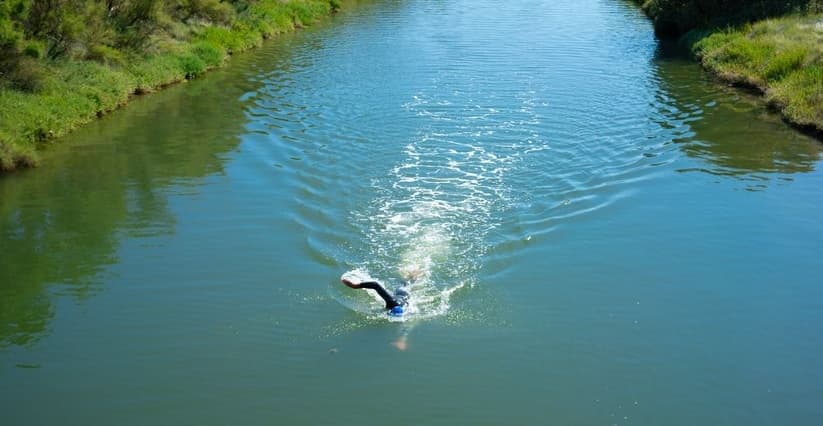13 July, 2022
You can experience cold water shock even on the hottest of days - read on for best advice on how to spot the signs of and reduce the risk of cold water shock.

Throughout the UK, the weather is pretty hot at the moment. From blazing hot sunshine to muggy afternoons, it's also meant that the general water temperatures around the UK have increased in the last few weeks too.
Throughout the UK, the weather is pretty hot at the moment. From blazing hot sunshine to muggy afternoons, it's also meant that the general water temperatures around the UK have increased in the last few weeks too.
There is nothing more refreshing than a cool swim on a warm day. But there are dangers of going from extreme heat to extreme cold, and those dangers are often underestimated.
Cold water shock is the body's initial reaction to cold water immersion. It normally occurs within the first minute of exposure and can lead to an increased heart rate, loss of breathing control and muscle coordination, and can even cause cardiac arrest. You know that "gasp" you take when you walk into a cold shower? That's the beginning of cold water shock.
Typically, the water temperature needs to be below 18-21 Celsius for you to potentially experience cold water shock. Bear in mind that the average sea temperature around the UK in summer is somewhere between 15-20 degrees Celsius, so it is something you should be cautious of, even on the hottest of days.
The dangers of cold water shock are that it can make you unable to breathe if you suddenly enter cold water, either deliberately or from falling in. You might be paddleboarding or kayaking and fall in unexpectedly, or going for a dip in a cool river. You can still get cold water shock in a wetsuit too!
The main danger of cold water shock is that it can lead to drowning or cardiac arrest. In cold water, your body loses heat faster than it can produce it, and this can lead to hypothermia.
If you do go into quite cold water, or if it is your first time, the first thing you will feel is the cold shock response – the initial gasp, rapid breathing, panic, vertigo and increased heart rate and blood pressure. All of which can result in water inhalation.
If you are swimming in cold water and experience cold water shock, you may:

If you are going to be swimming in cold water, there are a few things you can do to avoid cold water shock:
When you get out of the water, these things will help you to get warm quickly:

Should you get into trouble, the RNLI Respect The Water Campaign urges people to avoid gasping, thrashing or swimming hard and to remain as calm as possible, turn onto their back and float instead.
If you get into trouble in the in the water, Float to Live.
Lean back and use your arms and legs to help you float, then get control of your breathing before calling for help or swimming to safety.
If you see someone else in trouble in the water, call 999 or 112.
If you are the coast ask for the coastguard
If you are inland waters, ask for the fire service.
You could read these cold water swimming tips from Kari-anne Payne here.
Regular contributor Natasha Sones helped to create these life saving tips for when you're entering cold water.
Natasha has an outside adventure travel blog: www.natashasoneseditorial.com/blog. With three children, three dogs and a husband she enjoys days out, travelling, walking, paddleboarding, camping, stargazing and much more! Follow her blog or her Instagram account: @natashastarseeker if you love adventure lifestyle articles. You can see more of Nataha's blogs here.

I have an outdoor adventures blog. Having three children, I am particularly interested in getting outside with my family. I aim to make every day an adventure, especially with my children, husband, dogs and friends. From exploring new cities to being in our campervan with the dogs, we like an adventure. We live near the sea and forest and explore every day.
Most recent articles by Natasha Sones

Set in Feanedock, this Festival is based in a 70-acre woodland site on the Leicestershire/Derbyshire border at the heart of the National Forest.

Want to meet up with like-minded adventurers, try some new activities and get inspired? Try these festivals in the UK.
Wild swimming is a popular pastime but it can be tricky to know where to start gaining the knowledge and confidence to begin.
Most recent articles in WATER
Wild swimming is a popular pastime but it can be tricky to know where to start gaining the knowledge and confidence to begin.

Did you miss out on attending this year's National Outdoor Expo? Or simply feeling the blues from the show and want even more EXCLUSIVE content? The National Outdoor PodShow is the one-stop-shop for those who love the outdoors.

National Outdoor PodShow sponsors YONDA are giving you the opportunity to win the ultimate swimmers bundle. Enter now!